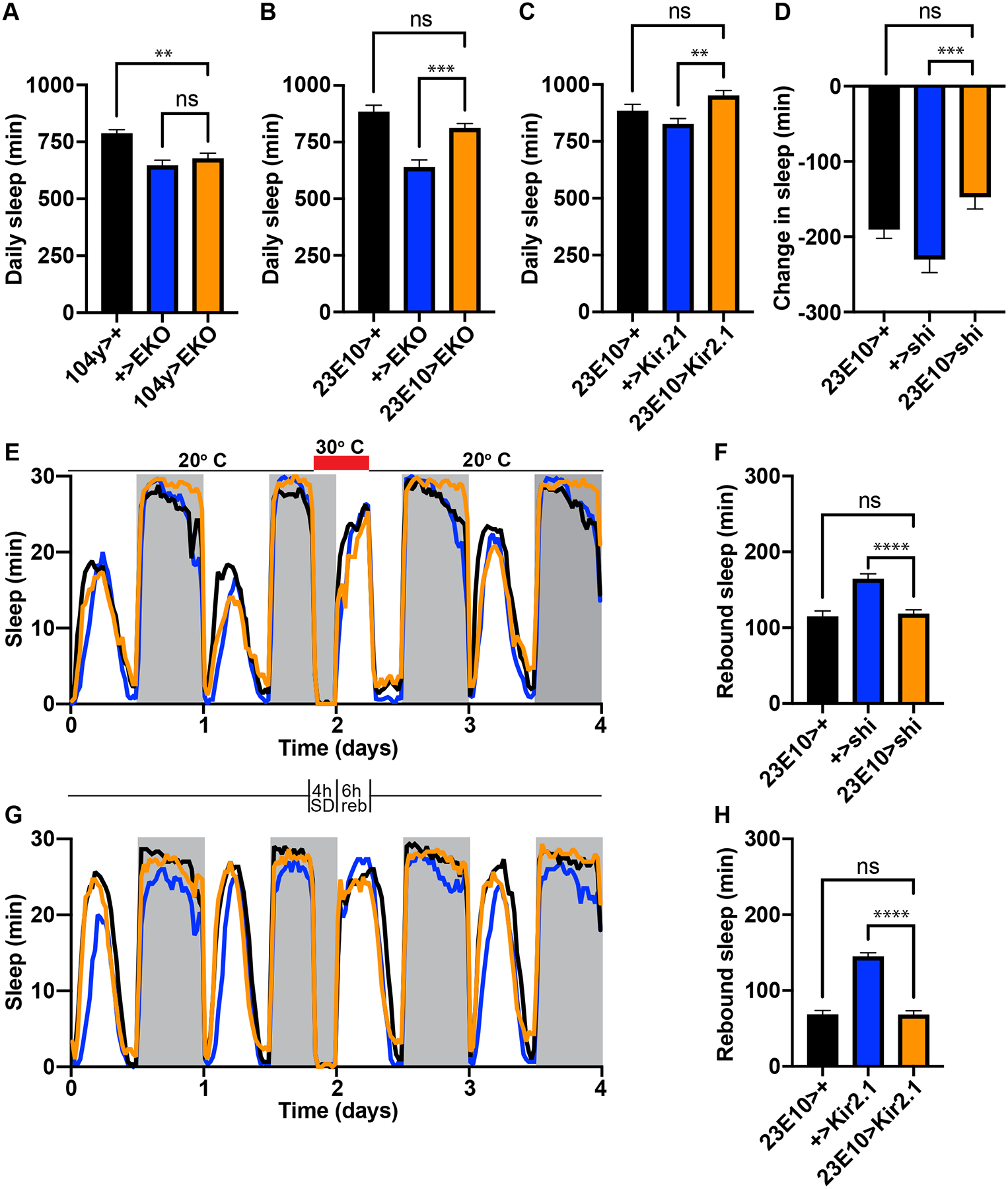Figure 3. Reducing excitability or synaptic transmission in the dFB does not affect sleep.

(A-C) Daily sleep in controls vs experimental animals expressing the K channels EKO or Kir2.1 under control of the dFB drivers 104y or 23E10. N≥35 for A; N=48 for B; N≥47 for each group in C. (D) A 24 hr heat pulse to 30° C does not significantly reduce sleep in 23E10>shits animals relative to controls. N≥83 for each group. (E, G) Sleep profiles of controls vs experimental animals during baseline conditions, sleep deprivation, the rebound period and a subsequent day of recovery. Animals were mechanically sleep-deprived from ZT20–24 at the end of the second day, and rebound was measured from ZT0–6 on the third day, as indicated by the schematic between panels E and G. Shits was activated by a 30° C heat pulse throughout both periods in E (red bar) to block synaptic transmission from 23E10 neurons. (F, H) Quantification of rebound sleep in E and G. N=79 for each group in E and F; N≥88 for each group for each group in G and H. Data are presented as mean ± SEM. ** p<.01; **** p<.0001; ns = not significant by one-way ANOVA. See also Figure S2.
